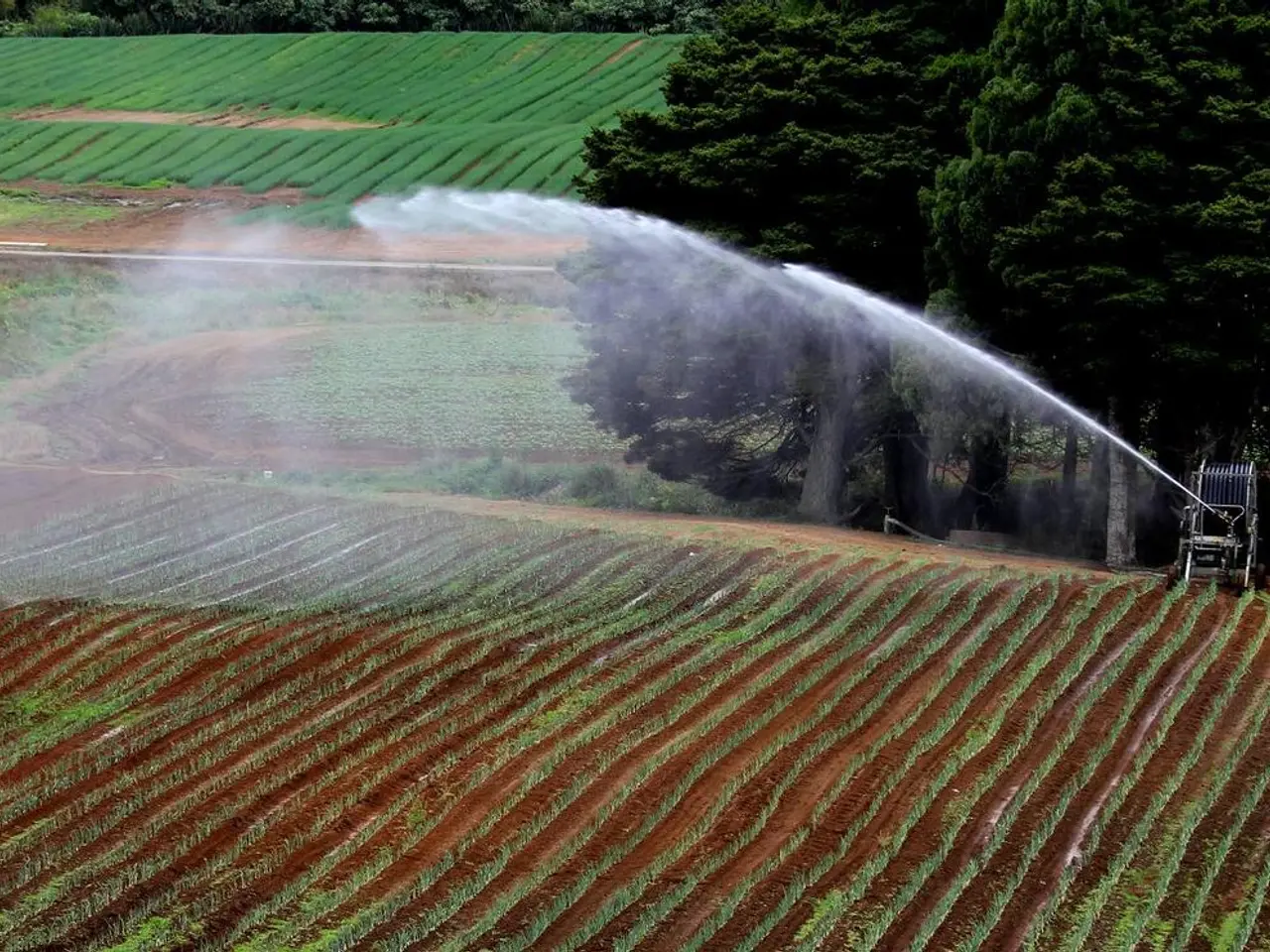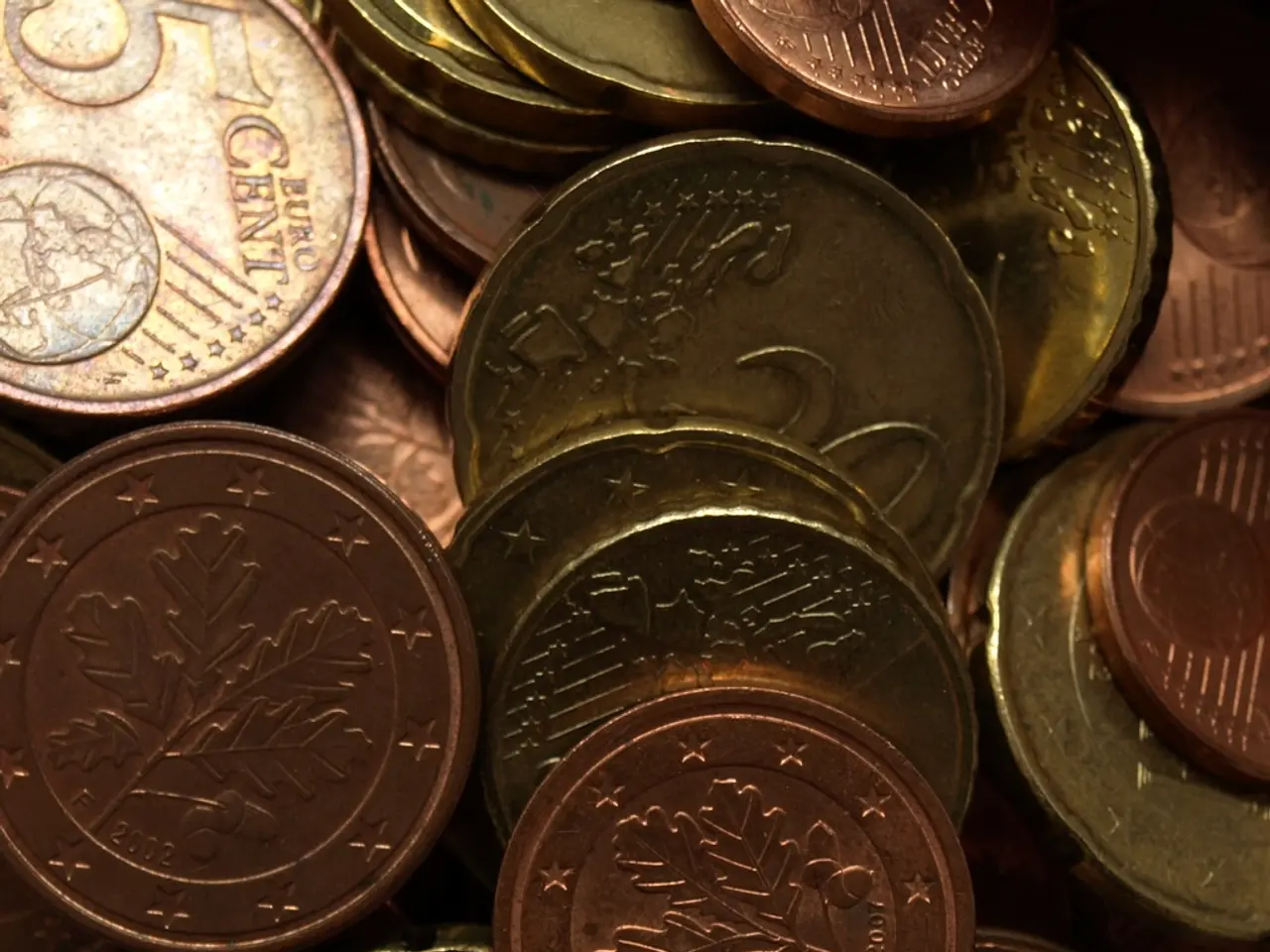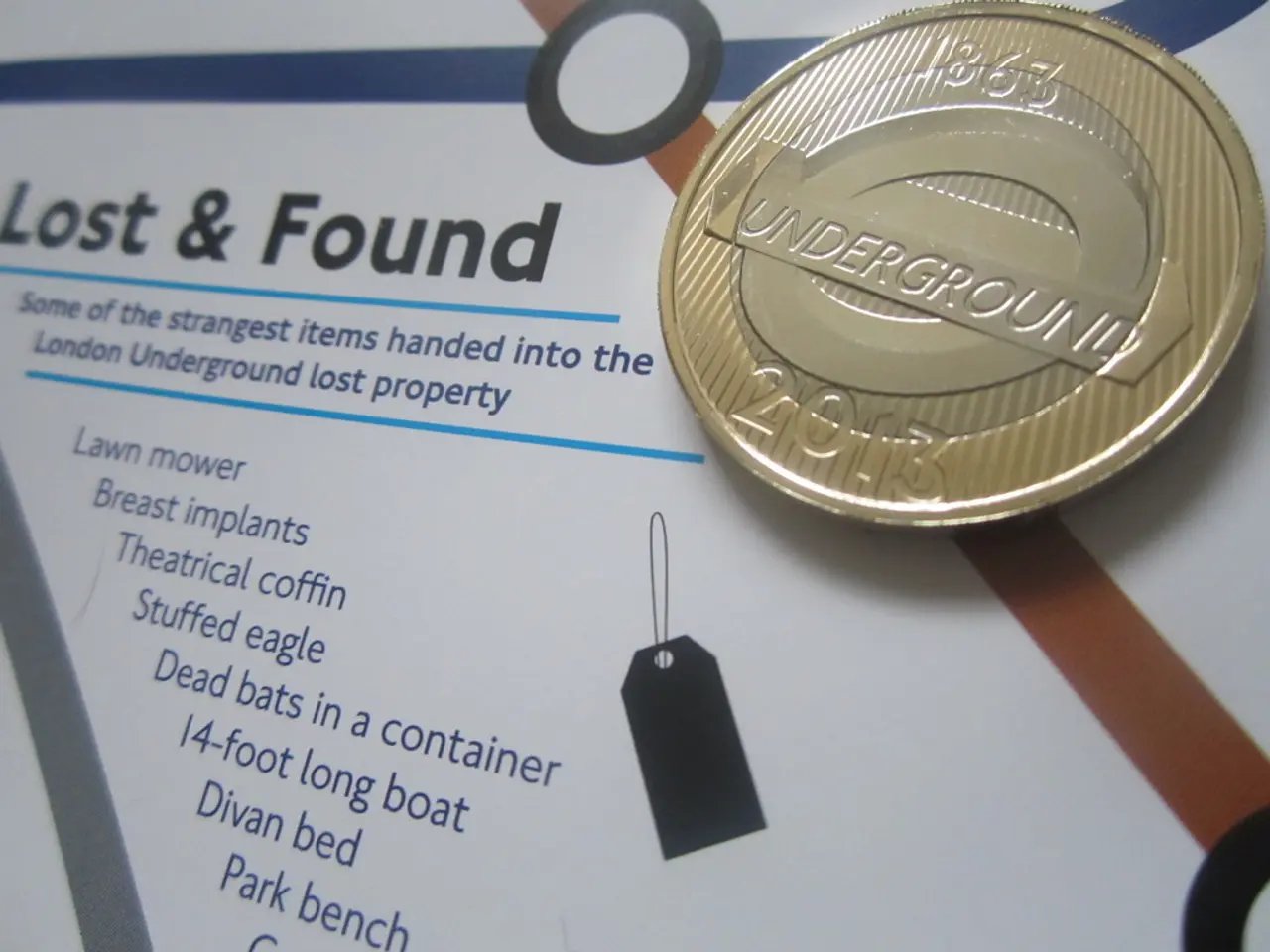Excessive Utilization of Resources in Western Australia Surpasses Global Norms, Advocating for an Economic Transition
Western Australia's economy, fueled by its vast mining and resource extraction industries, has been a significant contributor to the state's strong economic growth. In the past year, the sector generated 45% of Australia's total exports worth $234 billion, making it the backbone of the state's economy. However, this reliance on finite resources comes with its own set of challenges.
The boom-and-bust cycles in the iron ore industry have resulted in volatility in state revenues, leading to budget surpluses during booms and deficits during downturns. Fluctuations in global commodity prices, such as the projected fall in iron ore prices to US$72/tonne by 2028, pose a significant risk to royalty and stamp duty revenues in the future.
Ambitious infrastructure agendas risk crowding out other essential investments due to workforce shortages and capacity constraints in the construction and related sectors. Debt is expected to rise substantially as the government invests heavily in infrastructure to support population growth. Maintaining fiscal discipline will be crucial if mining revenue declines.
Large-scale mining and extraction industries have significant environmental impacts, including habitat destruction, water stress, and greenhouse gas emissions. As Western Australia transitions towards a more sustainable future, it must address these environmental degradation concerns.
The economic model of Western Australia is vulnerable to global shifts away from fossil fuels and carbon-intensive industries. As international markets and regulations evolve, demand for traditional export commodities may decline, posing a risk to long-term economic stability.
To mitigate these challenges, Western Australia can invest in diversifying its economy. This could involve expanding into renewables, advanced manufacturing, agribusiness, and technology sectors, creating new jobs and export opportunities while reducing exposure to commodity price swings.
Addressing housing shortages and upgrading urban infrastructure with sustainability in mind can improve livability and reduce environmental footprints. Prioritizing projects that deliver both social and environmental benefits will be key.
Promoting circular economy practices, such as recycling, reusing mining by-products, and minimizing waste, can extend the life of finite resources and reduce environmental harm. Investing in research and development for cleaner extraction and processing technologies is also crucial.
Maintaining strong budget management and building financial buffers during periods of high revenue will prepare the state for future downturns. Transparent, long-term planning for reduced mining income and increased debt servicing costs is essential.
Strengthening environmental regulations, supporting biodiversity conservation, and investing in land rehabilitation can mitigate the ecological impacts of extraction industries. Western Australia could also play a leadership role in carbon capture, storage, and renewable energy projects, leveraging its existing industrial expertise.
In conclusion, Western Australia's current prosperity is tightly linked to finite resources, creating both economic and environmental vulnerabilities. A more balanced future will require deliberate diversification, sustainable infrastructure investment, stronger environmental policies, and prudent fiscal management to ensure resilience against global shifts and safeguard the state's natural assets for future generations.
- As Western Australia transitions towards a more sustainable future, it must address the environmental degradation concerns of large-scale mining and extraction industries.
- To mitigate challenges associated with the mining industry's boom-and-bust cycles and global shifts away from fossil fuels, Western Australia can invest in diversifying its economy.
- A more balanced future will require investments in renewables, advanced manufacturing, agribusiness, and technology sectors, creating new jobs and export opportunities.
- Promoting circular economy practices, such as recycling, reusing mining by-products, and minimizing waste, can extend the life of finite resources and reduce environmental harm.
- Investing in research and development for cleaner extraction and processing technologies is also crucial for sustainability.
- Western Australia could play a leadership role in carbon capture, storage, and renewable energy projects, leveraging its existing industrial expertise.
- Maintaining strong budget management and building financial buffers during periods of high revenue will prepare the state for future downturns, while also prioritizing projects that deliver both social and environmental benefits.




